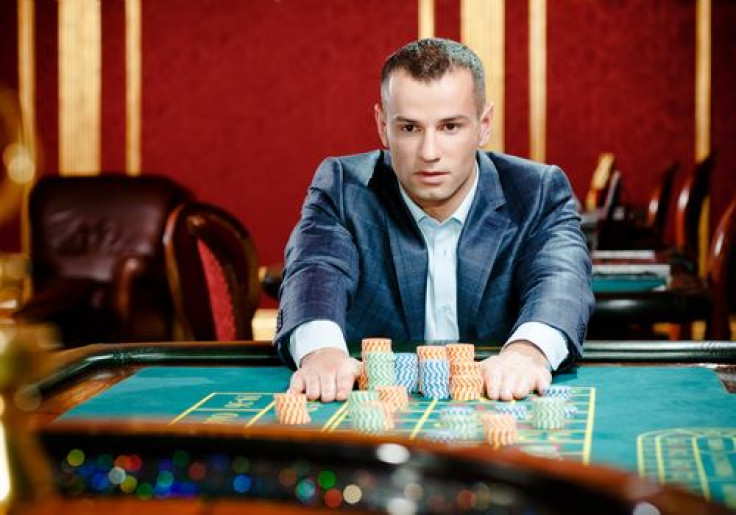Your Brain On Decision-Making: Primitive Regions Want The Big Payoff, Frontal Lobe Aims For The Sure Thing

Are you a gambler at heart? Or a no-risk personality type, someone who wants to be assured of at least a small reward for any effort you make? According to Dr. Stan Floresco of the Brain Research Centre at the University of British Columbia, how you balance competing drives toward the big time payoff and smaller more certain rewards is all a matter of the interaction between different regions of your brain.
"It seems that the more primitive regions of the brain drive impulses to pursue larger rewards, but the frontal lobes take a longer view of the situation and put the brakes on these urges in situations when larger rewards may not be the most profitable ones in the long term,” said Floresco in a press release for the 8th annual Canadian Neuroscience Meeting.
To study how decisions are made in the brain, Floresco and his team used rats and focused not only on separate brain regions but also on dopamine neurons and circuits. What they discovered was that areas deep inside the brain — considered to be the more primitive regions — showed a bias toward large if uncertain rewards. Meanwhile, the brain regions located in the frontal lobes — known as executive function, as they perform all the reasoning and planning tasks — regulate and temper these urges when circumstance shows the riskier option may be unlikely to yield a reward. In fact, what appeared to be happening on a molecular level was the dopamine neurons were providing the rat brains with short-term updates on the outcomes of recent decisions as a way to influence the direction of subsequent choices.
"Dopamine neurons show brief increases or decreases in activity when rewards are either received or not,” Floresco explained. “However, we showed that if we turned these neurons off after a rewarded choice, or turned them on after a non-rewarded one, we could, in essence, remote control the decision making of these animals, making them behave as if they did not receive a reward (that they actually did) or vice versa.”
Prior to this experiment, Floresco discovered that another brain region, called the lateral habenula, plays an important if previously underestimated role in decision-making. Until now, scientists believed this region was primarily involved in signaling when something bad occurred; commonly, they associated the lateral habenula with symptoms of depression. However, Floresco understands its function to be much more complex.
“When we shut down neural activity within this region, animals show random patterns of decision making, suggesting that this region plays a key role in promoting decision biases in one direction or another," he said. He believes his research could help to clarify the mechanisms by which different brain circuits interact to guide normal decision-making and so may provide insight into different disorders, including drug addiction and schizophrenia.
Source: Floresco S. Dopaminergic circuits mediating risk/reward decision biases. Canadian Neuroscience Meeting. 2014.



























